
Hamelin Pool Stromatolites, Western Australia
Stromatolites and their close cousins, thrombolites are living fossils that have been producing oxygen for about 3.5 billion years. This means that when you're looking at these rock-like structures you're essentially stepping back in time and seeing at how life was billions of years ago.
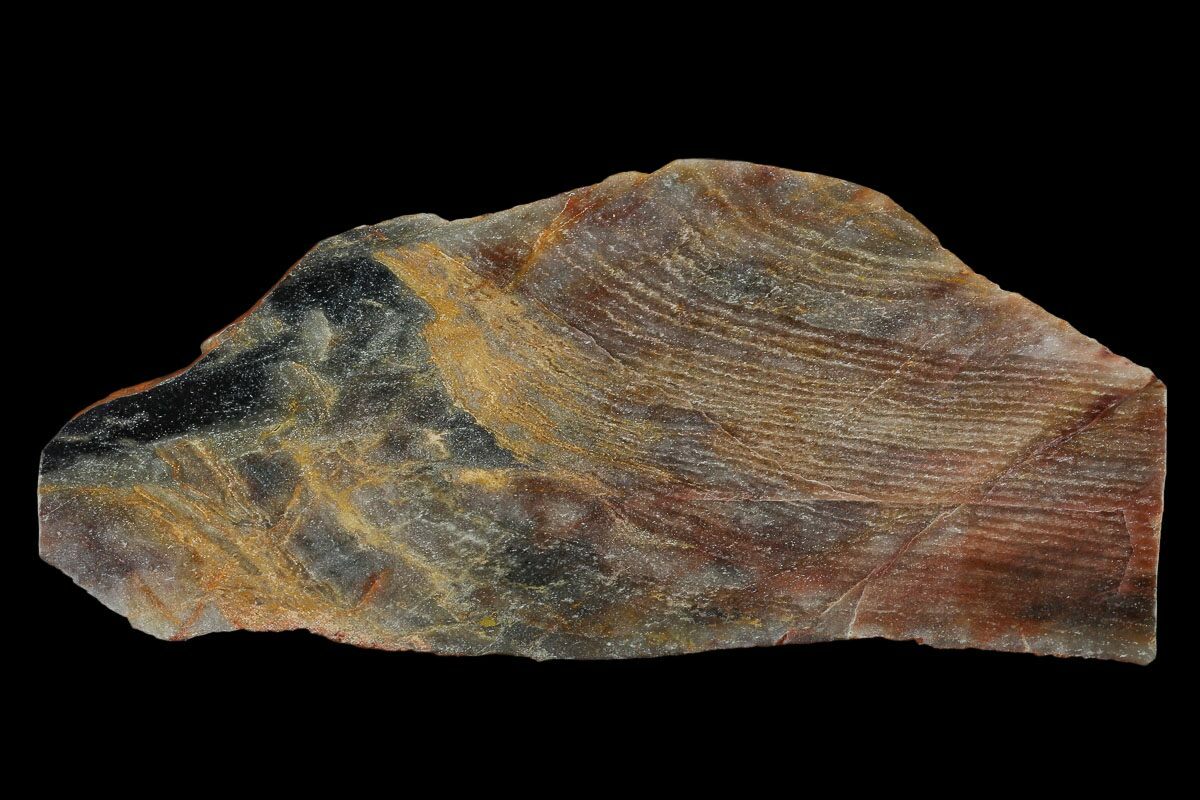
6.2" Polished Archean Stromatolite Fossil Western Australia (150686) For Sale
Rare survival These pre-historic formations have also survived in Shark Bay, Western Australia, but Dr Camens said scientists do not know what influences their current distribution. Stromatolites are microbial reefs created by cyanobacteria, their deposits are formed by sediment being trapped and bound. (ABC Eyre Peninsula: Evelyn Leckie)

Stromatolites Lake Thetis Western Australia Stock Photo Image of prehistoric, australian
Stromatolites form in shallow water; some of the ancient ones from Western Australia formed along the rim of exploded volcanoes. This specimen was collected in the northern Pilbara by a former PhD student at The University of Western Australia, and is now part of the WA Museum's Department of Earth and Planetary Sciences collection.

Stromatolites, Shark Bay, Western Australia Stock Photo Image of oxygen, marine 65596144
Here we describe stromatolites 3,400-3,500-Myr old from the Pilbara Block of Western Australia. These are the oldest firmly established biogenic deposits now known from the geological record.
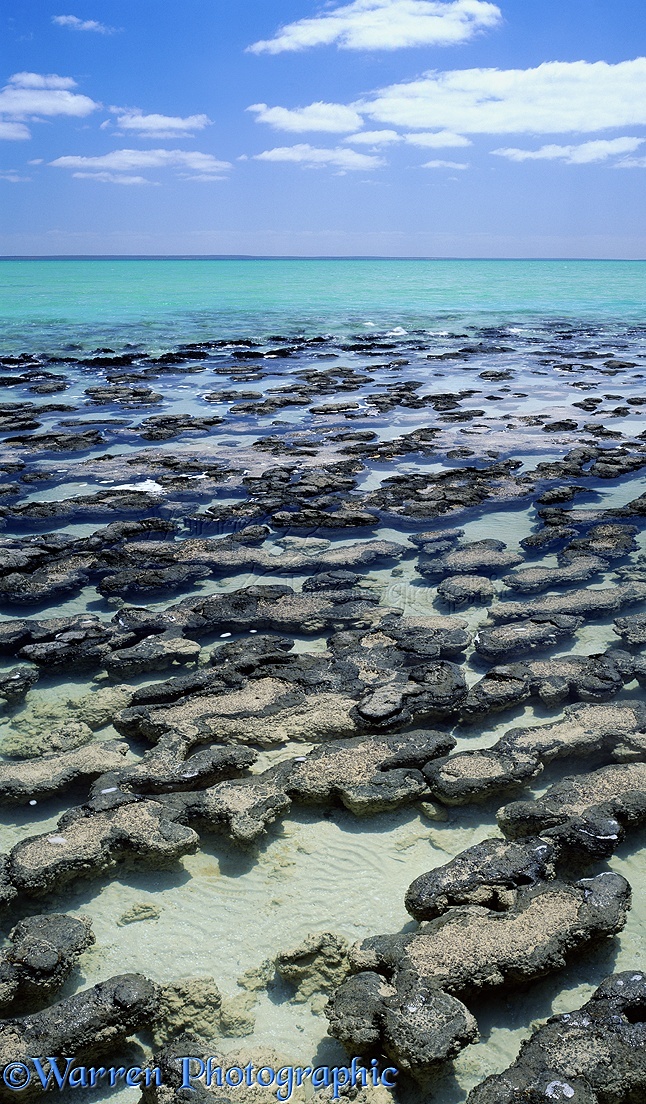
Stromatolites photo WP00739
The 3.35 Ga Strelley Pool Formation 'egg carton' stromatolites at the Trendall locality in Western Australia. Credit: NASA/Mike Toillion Challenges in Fossil Detection

Stromatolites At Lake Thetis Western Australia Stock Photo Download Image Now Stromatolite
Fossils called stromatolites from Western Australia were created by microbes 3.48 billion years ago. A sample of Dresser Formation stromatolite, showing a complex layered structure formed.
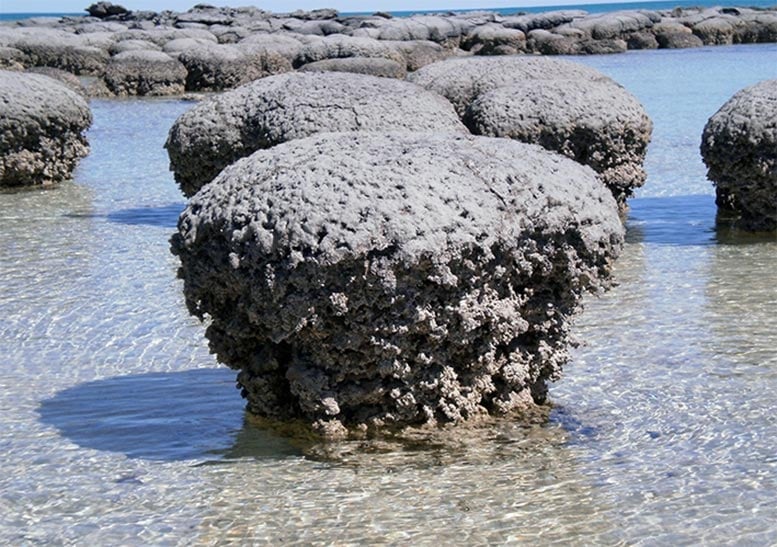
Stromatolites Fossils of Earliest Life on Earth May Owe Their Very Existence to Viruses
Stromatolites have been recorded in many parts of Western Australia. Geologists from GSWA use fossil stromatolites as a mapping tool, specifically to correlate rocks across vast distances of the State. This correlation helps geologists to work out the age of rocks that cannot be dated using other methods such as radiometric geochronology.
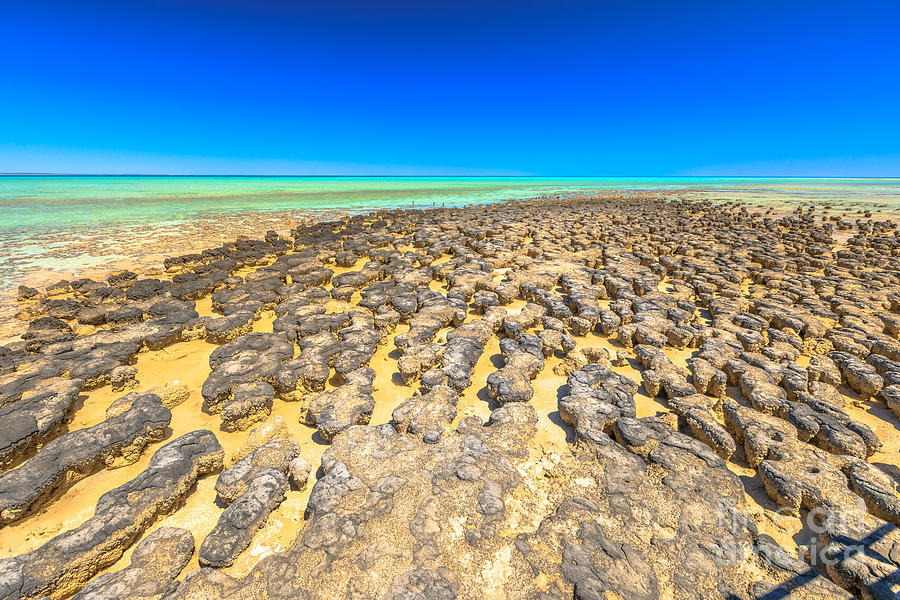
Stromatolites Western Australia Photograph by Benny Marty Pixels
Lake Thetis is a saline coastal lake in the Mid West region of Western Australia. The lake is situated east of the small town Cervantes, 2 kilometres (1.2 mi) inland from the Indian Ocean, on a Quaternary limestone pavement. [1] The lake is part of Nambung National Park . Stromatolites, algal mats and fauna

Stromatolites, Lake Thetis near Cervantes, Western Australia, Australia Stock Photo Dissolve
Western Australia perhaps has the best Stromatolite fossils, giving a record through the eons of time. Fossils of the earliest known Stromatolites, about 3.5 billion years old, are to be found near Marble Bar in the Pilbara Stromatolites represent what is seen to be the biggest continuous biological lineage known in the world.

Stromatolites at Hamelin, Shark Bay, Western Australia Stock Photo Alamy
Morphology Paleoproterozoic oncoids from the Franceville Basin, Gabon, Central Africa. Oncoids are unfixed stromatolites ranging in size from a few millimeters to a few centimeters Fossilized stromatolites, about 425 million years old, in the Soeginina Beds (Paadla Formation, Ludlow, Silurian) near Kübassaare, Estonia

Stromatolites at Hamelin, Shark Bay, Western Australia Stock Photo Alamy
Modern day stromatolite reefs, analogous to both Precambrian and Phanerozoic examples, occur in Lake Clifton, Western Australia. This lake is a 21.5 km long and very shallow, generally little more than 1 m deep, but reaching a maximum depth of about 3 m. As with other coastal lakes in Western Australia, the water level rises during the winter
The Hamelin Pool stromatolites of the Shark Bay World Heritage Area, Western Australia. The
Western Australia's famous 3.5-billion-year-old stromatolites contain microbial remains of some of the earliest life on Earth, UNSW scientists have found. Photomicrograph of pyritized stromatolites from the 3.5 billion-year-old Dresser Formation. The stromatolites are delineated by pyrite, also known as fool's gold.

Stromatolites at Lake Thetis, Cervantes, Western Australia. Stromatolites, are the oldest living
Location Off Hamelin Pool Road, Hamelin Pool, Western Australia, 6532 17 reviews Visit website Come face-to-face with the oldest living fossils known to man, with a visit to Hamelin Pool Stromatolites in the Shark Bay World Heritage Area.

Stromatolites in the Shark Bay Area, Western Australia Stock Photo Alamy
On our way into Shark Bay, 3.5 hours north of Perth, we stopped to see the most diverse and abundant living stromatolite community in the world. Stromatolites are similar to thrombolites in that they are communities of bacteria and are photosynthetic. Unlike the clotting structure of the thrombolites, stromatolites grow in layers and are taller.

Stromatolites. Hamelin Pool Marine Nature Reserve, Shark Bay, Western Australia Stock Photo Alamy
Western Australia is internationally significant for its variety of stromatolite sites, both living and fossilised. Fossils of the earliest known stromatolites, about 3.5 billion years old,.

Stromatolites, Shark Bay, Western Australia Stock Image Image of horizon, lagoon 65596335
The 3,430-million-year-old Strelley Pool Chert (SPC) (Pilbara Craton, Australia) is a sedimentary rock formation containing laminated structures of probable biological origin (stromatolites)..